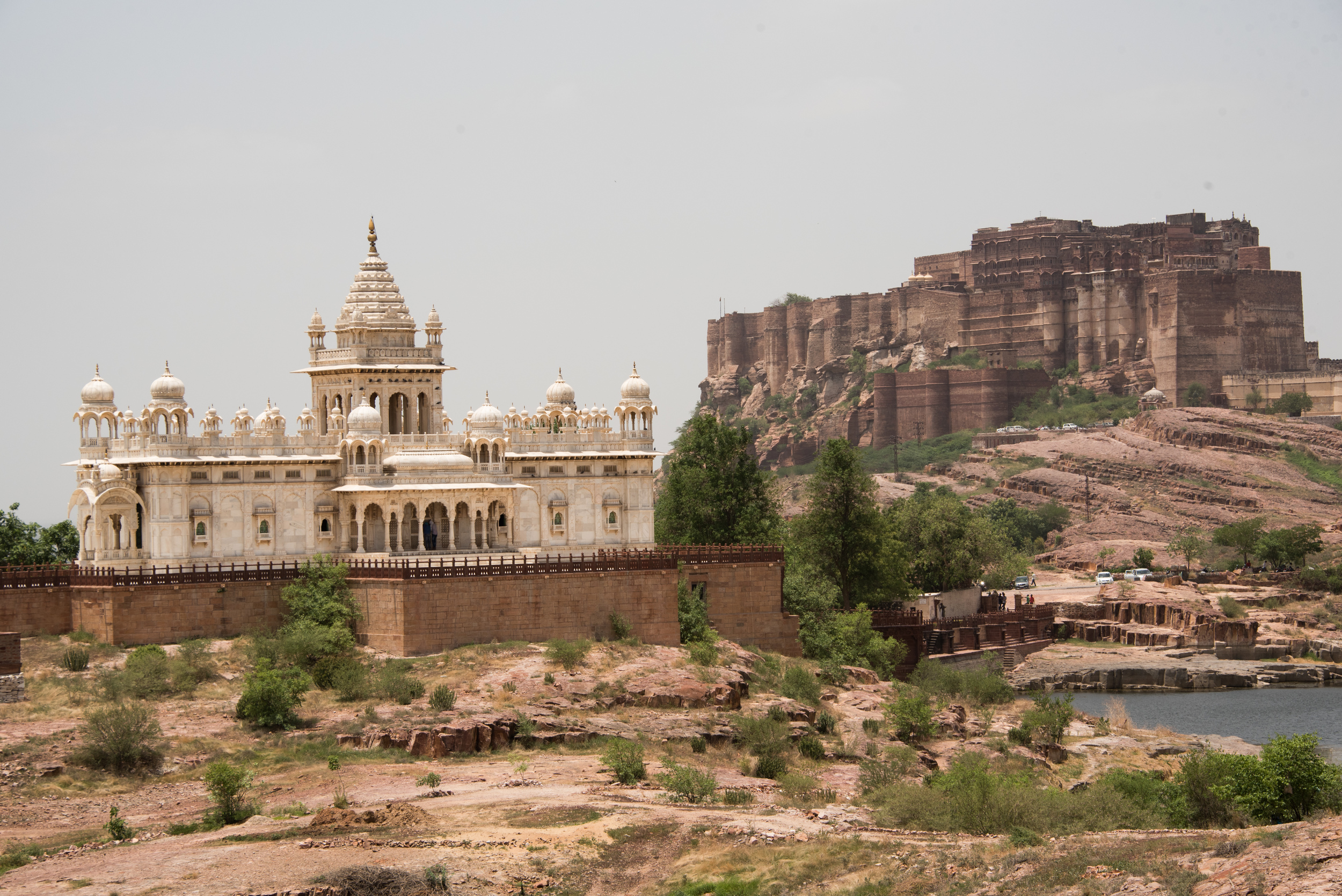It’s time.
As I prepared to make the long journey west, and especially after the sensory onslaught of Varanasi, I thought it best to spend some time on a beach, with absolutely nothing on the agenda. Time spent reflecting and relaxing with me, myself, and I - company I’ve grown quite comfortable with.
During the dry season, Goa is the party capital of India. Hordes of backpackers line the beaches and dance the nights (and most of the mornings) away at the multitude of discos you’ll find almost nowhere else in India. Drug and alcohol laws are lax and the modesty found elsewhere in India is replaced with bikinis and boardshorts. During monsoon season, however, the place is empty. Beach shacks are boarded up, hostels and resorts are empty, the sea is angry, and the beach is deserted. Near-constant rain pummels the shores. While this may not sound like your version of a beach holiday, after two weeks in a country filled with a billion people and a million cows, it was exactly what I was looking for.
I walked the sands for miles in each direction, absorbing the steady rains and letting my mind flow freely. I skipped and spun and jumped and yelled like only a free man can. My thoughts centered around memories of places I hadn’t thought about for months, about friendships and relationships built, and those lost. I laughed at some of my thoughts and shook my head at others. I thought about what I might change if I did this all again, where I might go, and what I might have seen. I thought about the places I’d return and places I’d never go back. I tried to figure out why I’d liked certain locations so much more than others, and certain people more than others. I thought of being home, of seeing loved ones. I tried to think of responses to the same dreaded questions that I’m bound to answer a thousand times upon return:
What was your favorite place? What’s the craziest thing you ate? How were the girls? Are you sad it’s over?
Perhaps this time around, the questions will be deeper and the conversations longer, with quality trumping quantity.
Finally, I thought about myself, how I’ve changed, who I’ve become. Time will be the ultimate decider, but at the moment, I believe I can confidently pinpoint some areas in which I’m different. Very little bothers me or gets under my skin anymore, as the petty mishaps or hiccups that come along are nothing more than inconsequential roadblocks, where detours are always present. Perceived suffering on my part will always pale in comparison to the horrors I’ve learned about in the past and the daily struggles I’ve witnessed in the present day. Life has been so good to me, what could I possibly allow to bring me down? Tragedy and suffering will no doubt come, and with it sadness and emotion. These emotions, however, are meant to be embraced, meant to overcome. Life will be difficult at times, I understand, but it will always be so very good, with each day meant to be ended with a smile.
Another new outlook is that I have very few expectations for the rest of my life. We so often measure a life like some sort of resume: went to college, made good money, got married, had children, bought a home, saw the world, retired comfortably, on and on and on. Do I want all those things in my life? Absolutely, but by no means will I be judging my progress toward happiness and fulfillment by a set of expected outcomes and checkboxes. I will fully embrace life as it comes, taking it by the horns as I always have, excited for what’s next, and intrigued by the unknown in it all. I’ve always found that travelling to a foreign land with no expectations results in some of the more profound and exhilarating experiences, with more “I can’t believe I’m here” moments and sincere appreciation for a beauty or thrill you had no idea even existed.
Wouldn’t it be something to live life this way?
In the last 6 months, I’ve covered some ground, some seas, and some skies, by any and all means of transportation. When it’s all said and done, I will have flown around the entire world, driven up and down entire countries, rode nearly 1000 miles on a motorbike, sailed the open seas, rode buses to hell and back, caught trains I was never meant to be on, rode street luges, rafted down rivers, kayaked lagoons, zip-lined across canopies, caught rides in the bed of trucks, on the back of scooters, on the side of tricycles, on top of camels, and crammed into tuk-tuks, and walked hundreds of miles through mountains, rivers, jungles, beaches, deserts, streets, alleys, hostels, and world wonders.
I danced, discussed, dreamt, and desired. I ate more rice than I had in 28 years, and probably more than I will eat for the next 28. I took selfies with kangaroos, koalas, elephants, and camels. I learned to ride a motorcycle, then proceeded to survive Vietnamese traffic with this new skill. I slept in cars, tents, trains, buses, planes, sailboats, and treehouses, on beaches, desert dunes, mountain saddles, grassy fields, and creaky hostel bunkbeds. I saw the grim realities of human suffering and deprivation, and the eternal peace of death. I laid on some of the most beautiful beaches in the world, hiked to some of the most awe-inspiring passes, explored mysterious temples, snorkeled the clearest waters, and learned to hold my breath for over 3 minutes. The list goes on.
At the end of the day, the end of a trip for that matter, I can think of no other experience or skill gained that is more important or more profound than the fact I’ve now learned to say Thank You in 10 new languages. The most important phrase one could learn in travels, and in life.
Perhaps the English version will work its way into my vocabulary a bit more often from here on out…














